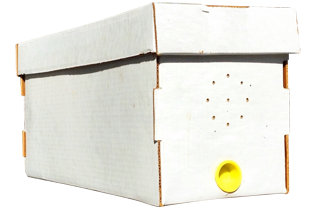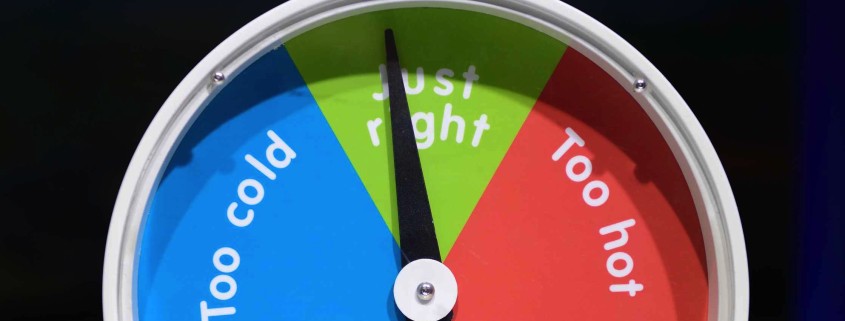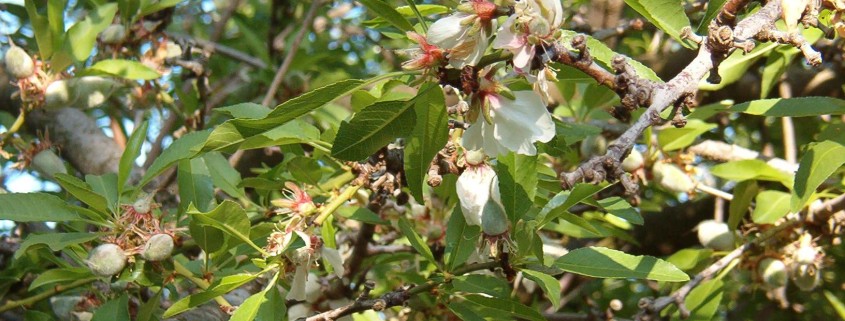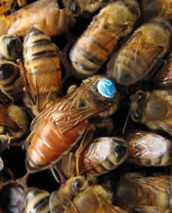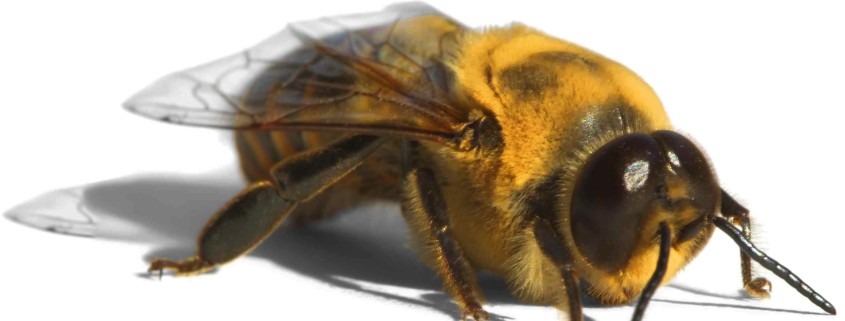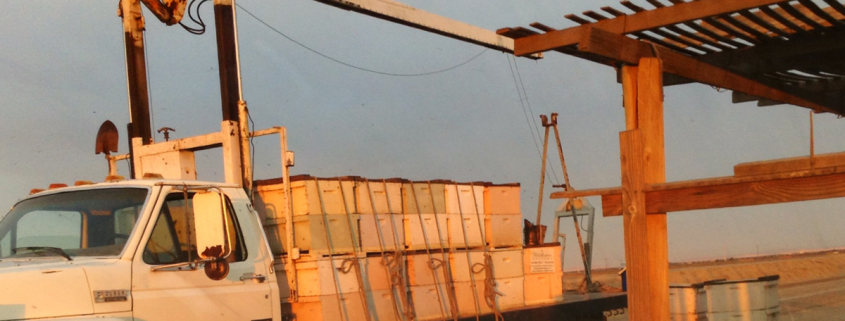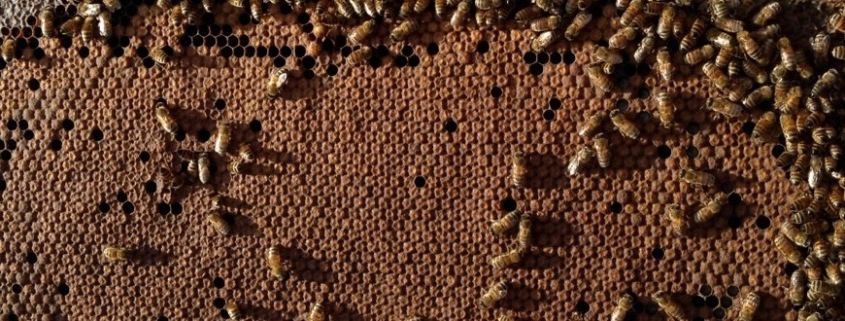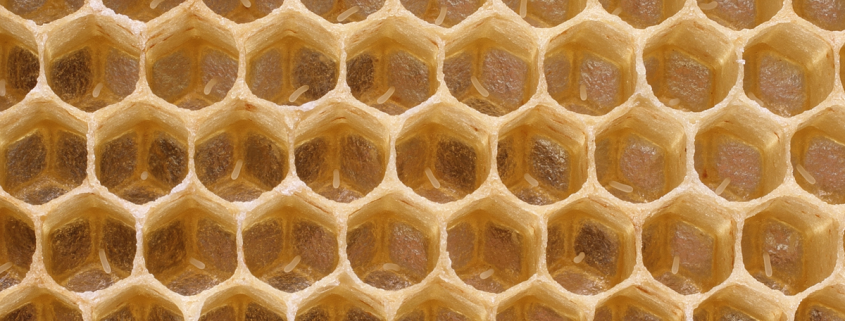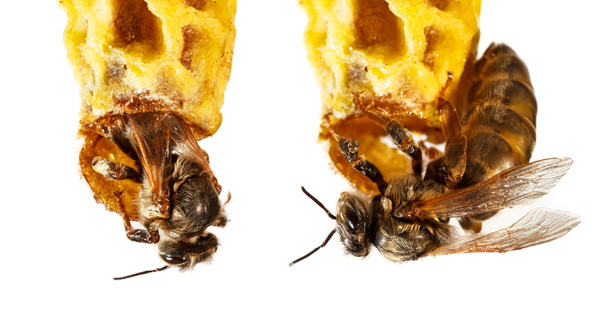Four Frame Nucs
Sooner or later, a beekeeper may want to expand the number of beehives in the apiary, or simply replace lost colonies or rebuild back to original strength.
Nucs can be made up to any size between 2 to 8 frames of bees. The advantage of a smaller two frame nuc is that it is quick and easy to make. It also doesn’t tax too many resources from the donating beehive. The disadvantage of such a small split is that it is going to take a while for it to build up to a full strength beehive. In two months, it still may have less than 20,000 bees of strength. Plus, being so weak it might be vulnerable to ant attacks and other calamities.
On the other hand, a large, 8-frame divide, starts out strong and build up rapidly, perhaps building up to 70,000 or more bees in two months. Constructing this giant nuc, however, will significantly diminish the strength of the original colony.
Many beekeepers settle on the four frame nuc as the ideal size for a starter hives of bees. A typical four frame nuc consists of one frame of honey, two frames of brood, one frame of pollen, and a new queen bee. This is a full-sized colony in miniature that is well poised to take off. A typical spring four-frame nuc starts with about 10,000 honeybees and may expand to over 40,000 or more bees in two months, enough to produce a honey crop under the right conditions.

